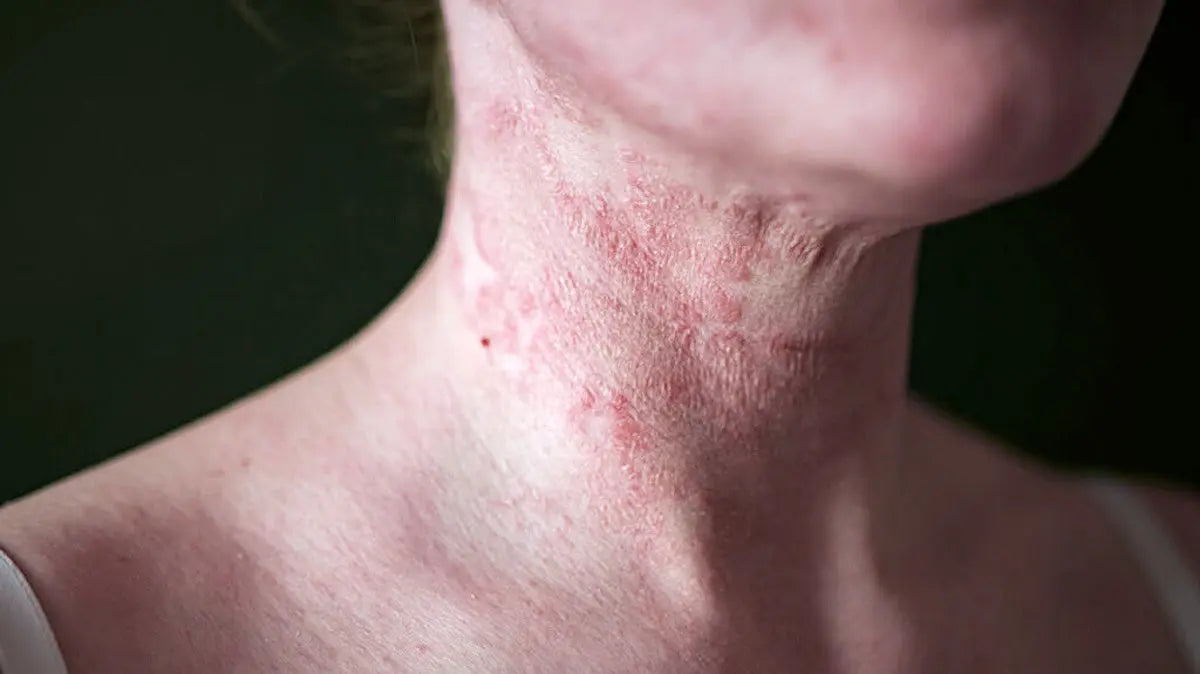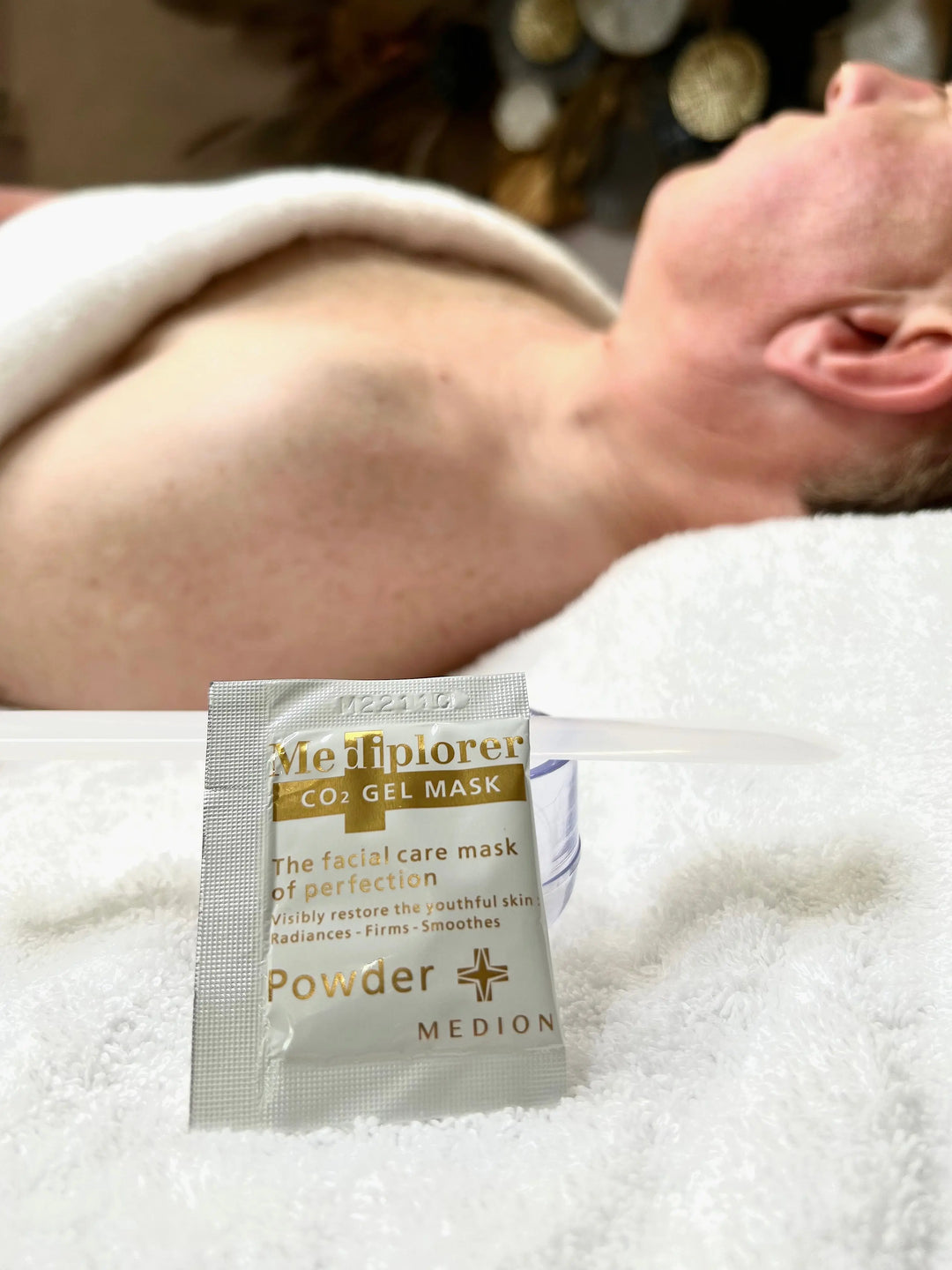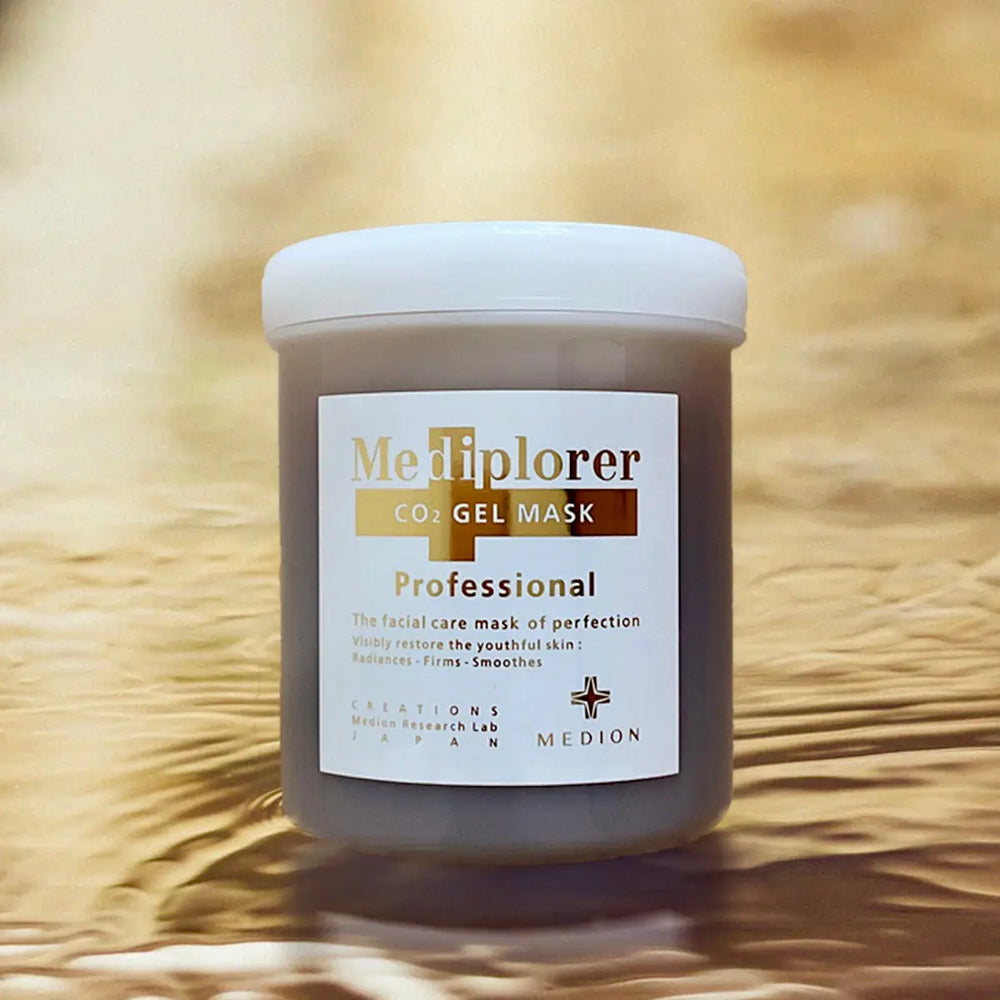
ATOPIC DERMATITIS
Atopic Dermatitis: Skin's Story
Atopic Dermatitis
Eczema
Inflammation
Skin Irritation
Discomfort
Itching
Redness
Swelling
Dry Skin
Flares
Immune System Imbalances
About Atopic Dermatitis
Atopic dermatitis, also known as eczema, is a chronic inflammatory skin condition characterized by dry, itchy, red, and inflamed skin. It often appears in patches on the face, hands, feet, inside the elbows, and behind the knees. Atopic dermatitis is common in both children and adults and can significantly impact quality of life.
The exact cause of atopic dermatitis is not fully understood, but it is believed to involve a combination of genetic, environmental, and immune system factors.
Atopic dermatitis include:
• Genetics: Individuals with a family history of atopic dermatitis, asthma, or hay fever are more likely to develop the condition.
• Immune System Dysfunction: Atopic dermatitis involves an abnormal immune response in the skin, leading to inflammation and itching.
• Skin Barrier Dysfunction: People with atopic dermatitis often have a compromised skin barrier, which allows irritants, allergens, and bacteria to penetrate the skin more easily, triggering flare-ups.
• Environmental Factors: Exposure to certain environmental factors, such as allergens (like dust mites, pet dander, pollen), harsh soaps, detergents, and extreme temperatures, can exacerbate symptoms.
• Microbial Factors: Bacterial, viral, and fungal infections can contribute to atopic dermatitis flare-ups, particularly in areas of broken skin.
It's essential for individuals with atopic dermatitis to identify and avoid triggers, moisturize regularly, and follow a proper skincare routine to manage symptoms effectively.
Can be triggered by various factors:
Allergens: Exposure to allergens such as dust mites, pet dander, pollen, mold, and certain foods can trigger flare-ups in individuals with atopic dermatitis.
Irritants: Harsh chemicals found in soaps, detergents, shampoos, and skincare products can irritate the skin and lead to eczema flare-ups.
Dry Skin: Dry skin is a common trigger for atopic dermatitis. Low humidity, cold weather, and excessive bathing or washing can strip the skin of its natural oils, leading to dryness and irritation.
Stress: Emotional stress and anxiety can exacerbate atopic dermatitis symptoms. Stress hormones released by the body can trigger inflammation and weaken the skin's barrier function.
Heat and Sweat: Excessive sweating and overheating can aggravate eczema symptoms, particularly in warm and humid environments.
Microbial Infections: Bacterial, viral, and fungal infections can trigger flare-ups of atopic dermatitis, especially when the skin barrier is compromised.
Hormonal Changes: Hormonal fluctuations, such as those occurring during puberty, pregnancy, or menstrual cycles, can influence atopic dermatitis symptoms in some individuals.
Fabrics: Rough or abrasive fabrics, as well as synthetic materials like polyester, can irritate the skin and worsen eczema symptoms.
Fragrances and Dyes: Perfumes, fragrances, and dyes found in skincare products, cosmetics, and laundry detergents can irritate sensitive skin and trigger eczema flare-ups.
Scratching: Scratching or rubbing the affected skin can further irritate and inflame eczema lesions, leading to increased itching and a vicious cycle of scratching and inflammation.
Identifying and avoiding triggers is essential for managing atopic dermatitis and reducing the frequency and severity of flare-ups. Individuals with eczema may benefit from keeping a journal to track their symptoms and identify potential triggers.
To treat atopic dermatitis:
Moisturize regularly.
Avoid triggers like harsh soaps.
Use mild cleansers and pat skin dry.
Use prescribed corticosteroid creams.
Consider antihistamines for itching.
Try wet wrap therapy for moisture.
Phototherapy may be beneficial.
Manage stress levels.
Consult a dermatologist for personalized care.
Atopic dermatitis is associated with dysfunction in the skin barrier, leading to increased water loss and susceptibility to allergens and irritants.
CO2 gel therapy is a treatment that involves applying a gel containing carbon dioxide (CO2) to the skin. While CO2 gel therapy is not a standard treatment for atopic dermatitis, some studies suggest that it may have benefits for certain skin conditions, including eczema.
Atopic dermatitis is a journey marked by genetic predispositions, environmental influences, and personal skincare practices. As scientists delve deeper into its complexities, individuals gain insights and tools to craft narratives of relief and self-care.





